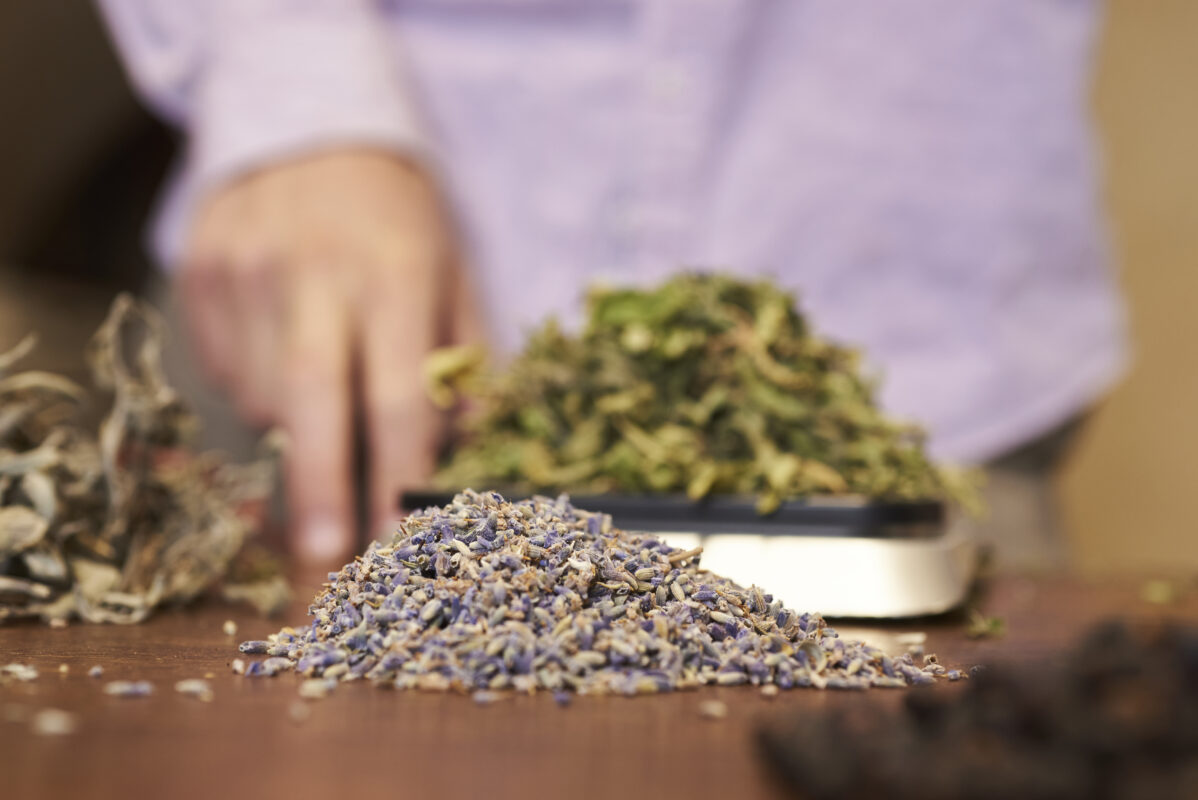Pastis, pâté or mixture in Provençal, is a spirit flavoured with anise and liquorice to which different aromatic plants including fennel are added.
The child of the absinthe
Pastis owes its existence to absinthe. Indeed, on March 16, 1915, absinthe and identical drinks were prohibited in France considered dangerous to health.
Absinthe was the most popular drink at the time. The infamous “green fairy” was particularly popular with 19th century artists, such as Toulouse Lautrec or Verlaine.
In reaction, Jules-Felix Pernod (son of an absinthe producer in Avignon) created and deposited the Anis Pernod brand in 1918. He is the inventor of the Pastis manufactured in his factory in Montfavet.
However, the law is unclear and no one knows if this drink is legal. In 1920, the state authorised again the production and marketing of aniseed drinks of less than 30% alcohol and then in 1922 at 40%.
The Pastis madness seized Provence and all the bars started selling Pastis. Each brand customised its recipe with various aromatic plants.
The Pastis
Paul Ricard, son of a Marseille wine trader, innovates by developing a recipe with star anise, green anise and liquorice. Ricard’s commercial slogan first mentioned the word Pastis in 1932.
At the end of the 1930s, Pastis was the first aperitif in France.
In 1938, aniseed drinks with 45% alcohol were allowed but in August 1940 Pastis was banned from sale like all spirits of more than 16% alcohol.
It was not until 1949-1951 that this prohibition was abolished. In 1954 Pernod launched the Pernod 1951 to celebrate this event.
A drink from the South
Anise is the major ingredient in Pastis and was already used by the Romans for its medicinal virtues. Anise-based drinks are widespread in the Mediterranean basin, the Balkans and the Caucasus. They are usually white or transparent drinks, without liquorice.
Algeria: Anisette
Bulgaria: Mastika
Spain: Aguardiente, Anis del Mono
Greece: Ouzo
Italy: Sambucca
Armenia, Turkey: Raki
Israel, Jordan, Lebanon, Palestine, Syria: Arak




